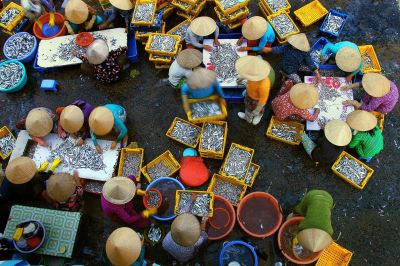Comprehensive Food Security and Vulnerability Analysis 2006.
Rwanda, 2006
Get Microdata
Reference ID
RWA_2006_CFSVA_v01_EN_M_v01_A_OCS
Producer(s)
National Institute of Statistics Rwanda
Collections
Metadata
Created on
Jul 15, 2019
Last modified
Jul 15, 2019
Page views
338947
Downloads
1108
